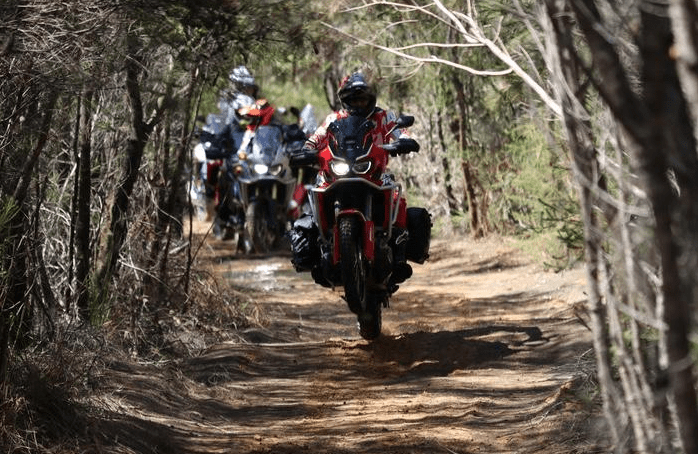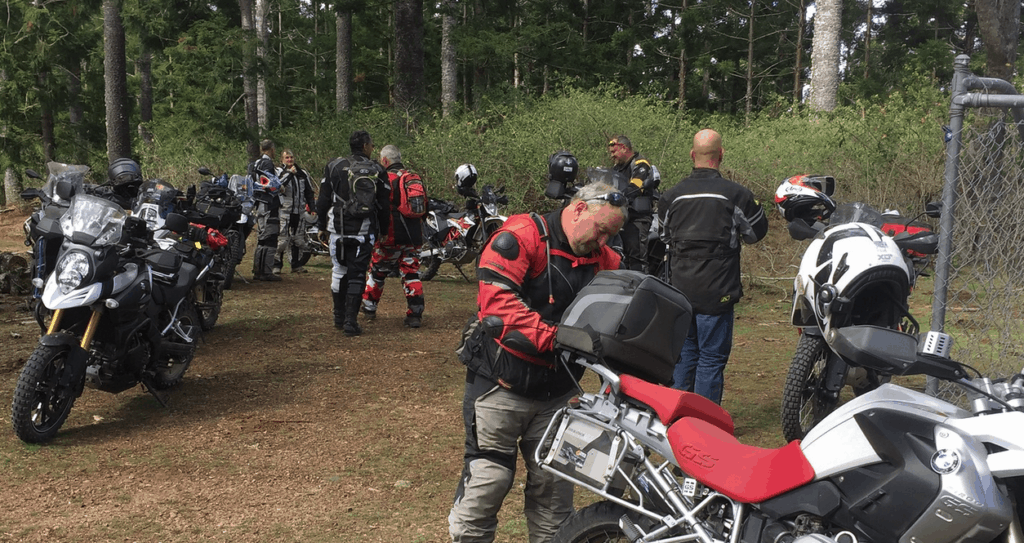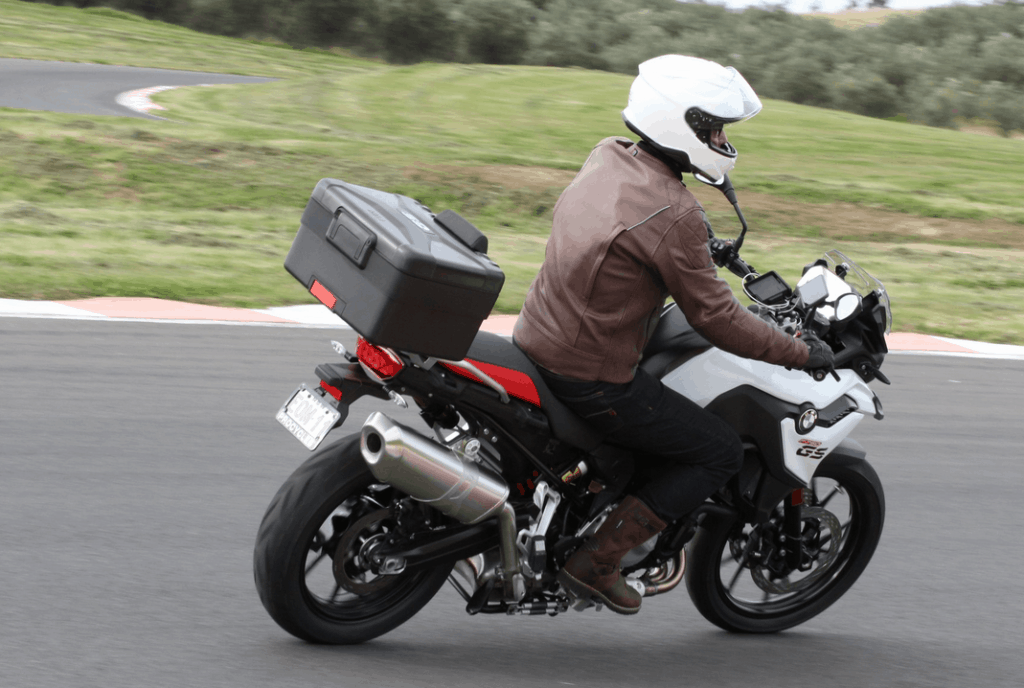Dirt bike riders tend to speak their own unique language and, unless you grew up in the sport, you’ll want to know some terminology.
Some of their sayings and terms are clear, while others aren’t so obvious. Instead of you scratching your head the next time you meet up with a bunch of riders, we’ll give you some of the basics.
1. Brrraaap
This refers to the sound of a 2-stroke, or less commonly, the sound of a 4-stroke. You’ll often hear it within conversations or to help relate a situation, or simply for comedy. It’s most commonly used as a catchphrase by those aged 15 to 30 when talking about dirt bike riding at full speed.
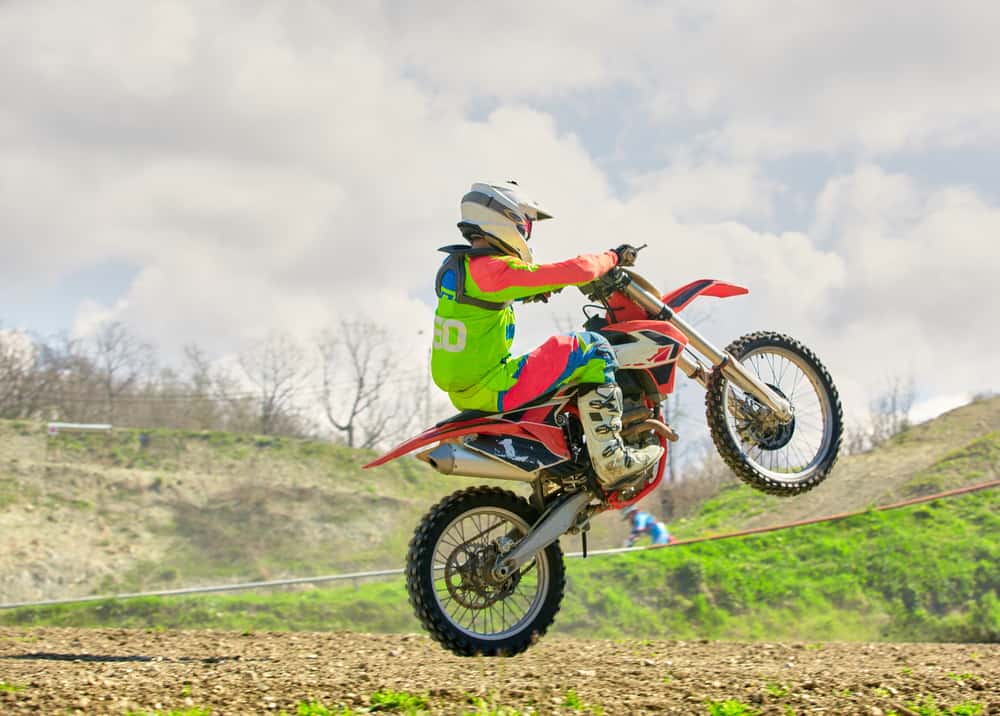
2. DNF (Did Not Finish)
During races, riders who simply didn’t finish the race earn the ‘title’ of DNF, or Did Not Finish. This could either because they broke down, crashed and injured themselves, or in the case of some genuinely tough races such as the Dakar, simply gave up due to exhaustion.
3. Pinned
This means the rider has their throttle all the wide open and no chance of them holding back, with pinned sometimes also called ‘wide open’. They’re literally giving it everything they’ve got for a corner or straight-line speed. The slight variation is ‘5th gear pinned’ which refers to absolutely maximizing their top-end speed which is much more common in open country races as opposed to closed-circuit MX events.
4. Rutted
When you’re coming across a track that has many deeply in-grained lines from previous motorcycles or 4×4’s, it means the track is rutted. Too many people have used the track in the past and it’s certainly in need of some TLC.
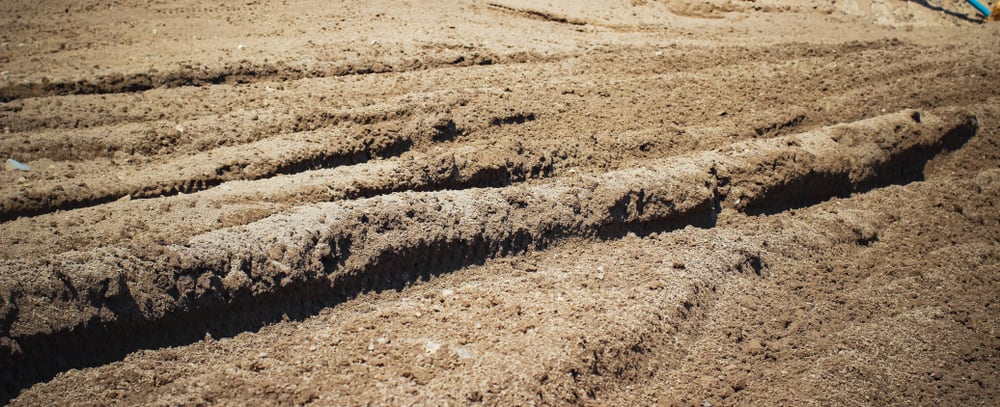
5. Scrub
Have you ever seen riders lean heaviliy to one side when jumping? They are doing this to stay low on the track and to land as quickly as possible. As they do this, they’re able to regain momentum on the gas while their competition is still airborne.
6. Whiskey Throttle
This is a common mistake done by a newer rider who hasn’t mastered the art of throttle control. It’s here where a rider will apply too much throttle, start losing control, but their hand is still twisting on the throttle. They aren’t able to twist forward with their body leaning too far back and eventually they crash.
7. Corrogations
Popular in country areas especially in Australia are corrogated roads. As heavy trucks use these roads, they cause them to be bumpy for 4wd and dirt bike enthusiasts. These corrogations can only be eliminated by a grader, and in the interim, it’s best to ‘glide’ over the top at high speeds.
8. Whoop Section
Have you seen those areas of the MX track that have many micro-bumps and dirt bikes keep jumping? That’s a whoop section and best conquered with a good strategy and NOT with simply jumping over them. Most riders keep their speed low and continue pushing down on their front tyre in order to maintain momentum.
9. Back Slapper
This is when you’re riding with your backside too low to the seat and your seat eventually knocks. Most commonly this happens when you’re in a whoop section. Crouching is important, but you don’t want to crouch too low otherwise you’ll certainly know about it.

10. Lapper
Most common on longer races are those who are overtaken at least once, especially the person in first position overtakes the individual in last position. Being lapped reminds us of how much work needs to be done in order to become more competent riders.
11. Hoon Rider
Typical of those dirt bike riders who cruise unlicenced and unregistered along residential streets. These hoon riders (also called hooligans) cause a bad name for the more law-abiding citizens who are in the dirt biking world for the love of the sport, not merely to claim some attention on YouTube.
12. Clapped Out
Have you seen vehicles which have seen better days? Something that’s still running when it should’ve been scrapped long ago? That thing is clapped out, man!
13. Roosted
Copping a face full of another dirt bike rider’s mud seriously hurts and blinds the goggles. Getting roosted either kills our confidence or motivates us to overtake the person in front.

14. Sand Pit
A Sand Pit refers to sections of enduro race areas which are full of sand. Riders will have a hard time maintaining full control of their dirt bike unless they’re fully pinned and leaning back to keep the front wheel light.
15. Power Band
A Power Band isn’t a physical thing, but a characteristic of each gear where the power is the most aggressive. Most riders in racing circuits optimize their gears to always stay within the power band. For instance, they won’t be revving too high or too low in each gear, so as to get the most out of each revolution of the engine.
16. Steam Engine
A term recently created by electric dirt bike owners to poke fun at dirt bikers who still use the petrol equivalents. Electric dirt bikes are becoming mainstream in racing circuits and soon enough, conventional dirt bikes will be considered steam engines of yesteryear.
17. Yard Sale
Used to describe a dirt bike that is dead in the water and should be seperated for parts on Craigslist, Gumtree or eBay. Chances are that the frame has had a major breakage of the engine is simply swamped with water and with no life left.
18. Plastic Princess
Used to describe a rider or their dirt bike (likely both) that is too precious to get dirty. You’ll see them rock up with perfect plastics, shining tyre tread and all the gear…but not much of an idea. Sometimes you’ll see them finish a race while being almost spotless, while the rest of the competitors are a mess from head to toe.

19. Bark Busters
These are mainly used on trail bike and enduro riders who venture into the forests. It protects the hands from being clipped by tree branches, while also protecting the break and clutch levers from damage when crashing. They may be referred to the actual brand name, or simply as a generic term to describe hand protectors.
20. Tearoffs
These very thin plastic goggle strips are used by motocross riders to clear debris from their goggles caused by roosting. Some riders may have 10 to 15 strips layered on top of each other for each race while removing a freshly coated strip every 20 seconds or so in order to enhance visibility when competing.
21. Widow Maker
May refer to a stake in the trail that’s pointed up and could cause massive bodily harm and possible death when riding. May also be a low hanging yet thick branch or a sharp and unexpected drop off. In racing, these may be hard objects which are located very close to the track.
22. Tank Slapper
When you’re going too fast and suddenly hit a rock which unsettles the dirt bike. As the dirt bike rocks side to side, it slaps both legs hence the name ‘tank slapper’. This is more-so common in high speed racing motorcycles on closed circuit loops.
23. Sweep Rider
This is a rider whose job is to close out the rear in both group rides and enduro races. They ensure that riders are accounted for and connect with riders who have broken down or are injured. Often the Sweep Rider will be in regular contact in group rides with their polar opposite – the Lead Rider, who keeps the line moving.

24. Monkey Butt
Used to describe the state of a rider’s butt cheeks after a few hours of riding. As sweat builds up, it causes this stinging sensation which irritates the rider. Funnily enough, a company created a product of the same name to combat this very issue…and it works!
25. Ritchie Rich
Used to describe a dirt bike rider who has all the money in the world, so they’ll rock up with the best and newest gear around. It’s not uncommon to see them completely replace all their riding gear, or even their dirt bike, every few months…just because they can.
26. Lemon
A dirt bike which is utterly unreliable and continues to break down. Most commonly this happens on older dirt bikes which need a lot of upkeep. It’s at this stage that the owner will generally cut their losses and get a new one, or give up on riding altogether.
27. Tunnel Blindness
Dirt bike riders who only see in a straight line and don’t look around corners prior to entering. By looking around the corner and planning 5 seconds ahead, riders can maximize race times but also look out for hazards ahead.
28. Amateurs
Those who are new to riding or racing in a particular location. They haven’t quite got the conditions figured out yet and are likely to be passed by more experienced folk pretty easily.
29. Egged On
When someone was encouraged under peer-pressure to attempt something like wheelie despite knowing that it wasn’t a good idea. Generally speaking, those who are ‘egged on’ to do something beyond their comfort zone generally don’t fare well.
30. Cruiser
A rider who sits down on their dirt bike almost all the time, despite there being corrugated sections of track where it’s very uncomfortable to sit and casually ride. These riders are also typically newer to the sport and can be quite slow as they develop their skills.

31. Fan Boy (also called Fan Boi)
Owners who believe in only one brand of motorcycle and discount the value or advantages that another brand might provide. The biggest fan boys in the dirt bike world are those of both Honda and Yamaha who are often in a friendly debate about who has bought the better bike.
32. Rodeo
Used to describe going over large rocks at slow speed which is common in rocky outcrop areas. As the dirt bike bounces around, it’s much like riding a bull in a rodeo.
33. Weekend Warrior
The rider who loves heading out on the weekends but is trapped at their workplace during the week. These riders are often between amatuer and professionals in their skills development, and will make the very most out of their riding areas…rain, hail or shine!
34. Lost It
Used when a rider pushed beyond their abilities in either racing or casual trail bike riding scenarios. As they crashed, they were evidently going too fast for a corner and proceeded to ‘lose it’ as they weren’t able to maintain full control.

35. Nailed It
The opposite to ‘Lost It’ is where a rider was able to accomplish an especially difficult task such as a gnarly hillcimb. They’ll generally command respect from other riders as they continued to power through and remained in complete control.
36. Soiled
A rider who is completely dirty from head to toe from riding their dirt bike. Being ‘soiled’ is a testament to how hard the rider rode and how much mud they had been through. You’ll generally find soiled riders posting their photos on social media when others would’ve stayed at home because of the rain.
37. Canned
When an event such as a race or organized group ride is cancelled, often unexpectedly. When they ‘canned it’, most riders are unsurprisingly disappointed at the outcome but understand the reasonings, such as bad weather or track access issues.
38. Meerkat
A rider who stands unusually high on their dirt bike and scans the horizon, just like a meerkat. While standing on the pegs is encouraged and at times, absolutely necessary, the attack stance is generally easier and safer than standing tall with the knees locked.

39. Wringer
When you’re testing out a dirt bike for the first time and want to do an extensive analysis or review, you’re putting a dirt bike through the ‘wringer’ to ensure it lives up to expectations. You’ll be quite tough on the dirt bike. Generally, YouTube review channels and magazines use this term to demonstrate aggressively testing dirt bikes instead of being soft and gentle.




